I’ve been playing the vegan game for a good 6 years now and wanted to share some knowledge I have acquired over time. While it’s true that the longest journey starts with a single step, they ones that follow might be not always your best bet. So, here is the ultimate guide to what not to do.
Have you made any nutrition mistakes? I’m guilty as shared of mistake 2,6,8 and 10.
Mistake 1: Overestimating Your Protein Intake
I follow a few Facebook group with a large US-American audience and I can say that the question of protein intake on a vegan diet comes up a lot. And when I say a lot, I mean really a lot.
Contrary to that, in the holy land of bread and sausages Germany, protein is not a nutrient carnivores suspect vegans to lack. It’s rather calcium, calcium and you guessed it, calcium.
Now, how do vegans get their protein? There is an insane number of memes on the internet that will answer you this very question. Typically, almonds will rank high on them thanks to their 6 grams per ounce. But don’t be fooled, almond milk isn’t a good source of protein. In fact, it only contains 1 gram of protein for every cup.
How to solve this issue: Mix a tablespoon of almond butter in your smoothie. If you’re an athlete worried about your protein, you can also try using some plant-based protein powder to make sure you’re getting the muscle-building, hunger-zapping macros you need.
Another protein queen in vegan wonderland is quinoa. While it might be impressive compared to other plant-based foods— it contains all of the essential amino acids indeed, the total amount of protein isn’t that mind blowing. Half a cup of quinoa has about 4 grams of protein. Don’t get me wrong, quinoa is a killer food serving plenty of slow-digesting carbs for long-lasting energy and loads of filling fiber.
Mistake 2: Not Getting Enough Iron
Lots of plant-based food contains iron but the crux is that animal-based sources of iron are generally absorbed better than plant-based sources. That means, that vegans need to put more (about twice the amount) iron-rich food into their mouths to make sure this nutrient makes it all the way into their system. Iron deficiency is no fun because low iron levels can lead to anemia, which will make you feel constantly weak and tired.
How to fix it: Iron-rich foods are spinach, tofu, beans, lentils, and sunflower butter. A special super food that can be easily incorporated into anyone’s diet is spirulina.
Spirulina is an algae. While that doesn’t sound tasty at all to many people in the Western world, it pays off getting used to its distinct taste. It’s one of the most nutrient-dense, plant-based sources of vitamins and minerals on the planet with a unique combination of iron, B vitamins, and other antioxidents is proving to be extremely effective in the fight against anemia-based side effects.
I add a tablespoon of spirulina powder into my green smoothies and enjoy a super health kick.
Mistake 3: Eating Fake, Processed “Meats”
With a lot of people talking about Beyond Meat there is a certain temptation to treat yourself to a fake meat burger. Beyond Meat, the world’s first plant-based burger may look, cook, and satisfy like beef but it’s still a highly processed veggie meat alternatives which is not are necessarily healthy choices. If you’re starting off your vegan journey, there is nothing wrong with a piece of processed meat if you’re craving the familiar flavor of meat. But it shouldn’t be your first choice.
Fix it: The jackfruit is a popular way to fake your tastebuds. Jackfruit is super hard to come by where I live, so I broadened my vegan horizon by learning new vegan recipes from all around the world like this Indian Dal or Lebanese Green Bean Stew or this South African Macadamia Hummus.
Mistake 4: Snacking On Refined Carbs
Lots of snacks are naturally vegan such as pretzels, licorice, corn or rice cereal, certain granola bars. But vegan doesn’t equal healthy and the aforementioned snacks are a lot of things but healthy isn’t one attribute of them. These carbs will provide you with a quick energy boost. But the downside is the crash in blood sugar level that follows shortly after. It will craving more white carbs and sugar.
Solution: Ditch the refined carbs for whole-grain and fiber-rich options that contain some protein, such as fresh fruit with nut butter or my budget-friendly homemade cereal bar.
Mistake 5: Not Getting Enough Vitamin B12
Vitamin B12 is only naturally found in foods that come from animals, so you should be on the lookout for ways to keep it in your diets. A lack of vitamin B12 in the short term makes you feel tired and weak. Running on a deficient level for long times poses a serious health risk: It can damage your neuro system, your brain health and memory function.
While the web claims that there are vegan sources of vitamin B12 such as spirulina, seaweed, and fermented soy contain it, the sad truth is that your body will not be able to process and absorb the kind of B12 found in these foods. However, there is quite a few products, especially plant-milks that are fortified with vitamin B12.
Your best and safest choice will probably be just to take a supplement pill or use a fortified toothpaste. It’s easy and affordable – if you take the potential medical bills incurred curing a deficiency.
Mistake 6: Thinking Vegan Automatically Means “Healthy”
If you add the word vegan in front of cookie, cereal or ice cream, these things will not magically become healthy. Many times, the only aspect of a prodct that changes after adding the word vegan, is the price tag. Desserts, candy and other sweet treats usually don’t contain a whole lot of nutrients.
Making sure you live on a healthy diet is still every vegans task: Make sure to include
- whole grains such as steel-cut oats, brown rice, millet, and amaranth, or
- starchy vegetables packed with beta-carotene and fiber such as pumpkin, squash, sweet potatoes, or corn
- protein sources such as legumes (beans and lentils), nuts or seeds,
- and plenty of vegetables in different colors.
Mistake 7: Not Getting Enough Calcium
The good news is, cow milk is not the only source of calcium in this world. Leafy greens are and they all seem high, but the issue is that the calcium in certain greens are absorbed better than others.
Some greens contain high levels of oxalates, which prevents the human body from absorbing calcium:
- Spinach,
- Swiss chard,
- beet greens,
- and rhubarb.
Try to incorporate
- Kale,
- Collard greens,
- and mustard greens
into your diet because their calcium is absorbed more easily.
Mistake 8: Missing Out On Vitamin D
While I’ve been lucky enough to spend a few years of my vegan life in year-round sunny weather, I still get my vitamin D levels checked regularly. Vitamin D deficiency causes health problems just as alarming as a Vitamin B12 deficiency. you’re probably getting enough vitamin D from the sun.
Little surprisingly, the solution is either get it from food or take a supplement.
To incorporate vitamin D into your vegan diet, use fortified almond milk or soy milk and vegan margarine. That might still not cut it, so if your doctors recommends to use a supplement, you should use one. Beware when choosing a supplement, that some types of vitamin D are not vegan-friendly. Vitamin D2 is always suitable for vegans, but vitamin D3 can be derived from an animal source (such as sheep’s wool) or lichen (a vegan-friendly source).
Mistake 9: Lacking Some Omega-3s
A good source of Omega-§s are oily fish. Vegans don’t have this option but to get their omega-3 fatty acids. You do need omega-3s for your brain and heart health, so best to have them in your diet.
My personal favorite source of omega-3 fats are ground flaxseed, chia seeds, and walnuts. They are easy include for me because you can also use them as oils in salad dressings etc. E.g. I love my omega-3 salad sprinkle with a bit of flaxseed oils on salads.
Mistake 10: Not Meeting with a Registered Dietitian
Many people visit their GP for nutritional advice and while I don’t doubt there is a few excellent GPs with knowledge in this area, the largest share will not be a good resource. The simple fact is that in most countries doctors receive very limited training in nutrition and don’t keep up with the latest scientific findings regarding nutrition.
When choosing a nutrition, make sure to choose a vegan-friendly one. Google is your friend and I’m sure you’ll find a reputable dietitian near you.
While I’ve been a vegan for a good while, I never visited a dietician. Until next Monday. I made an appointment and I can’t wait to share my experience with you guys!


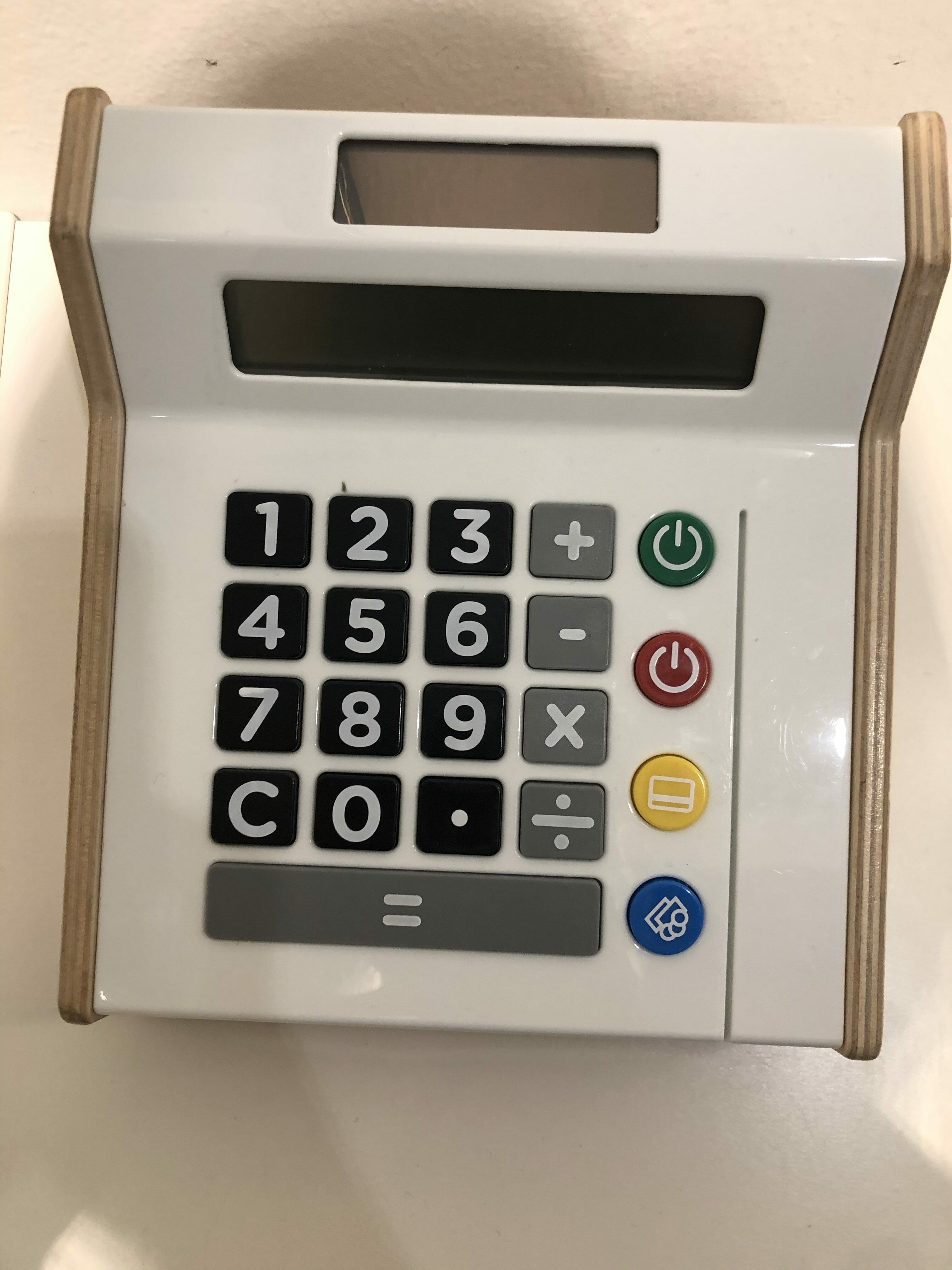
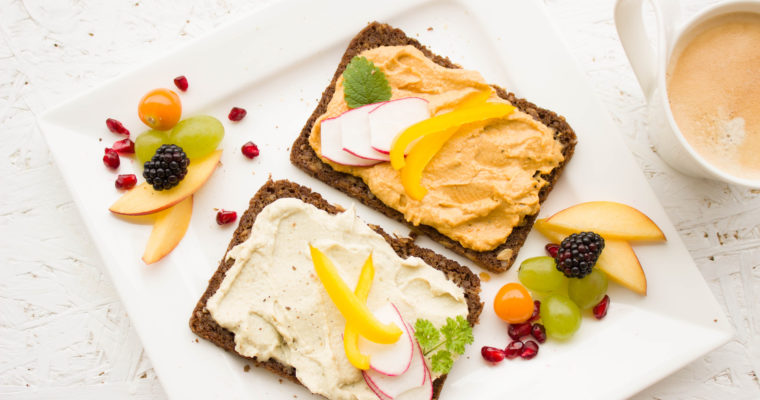
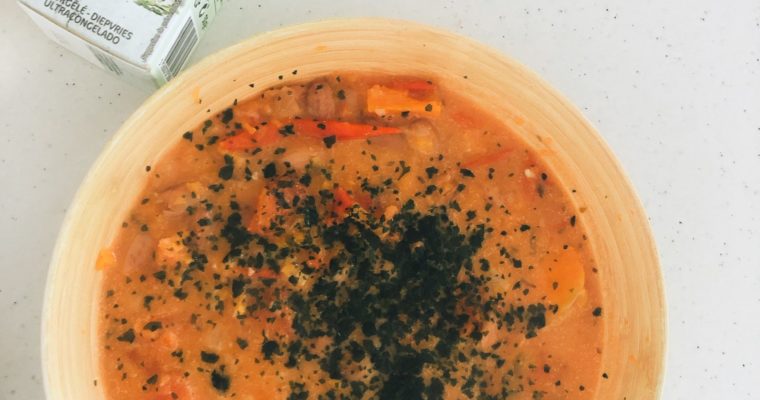
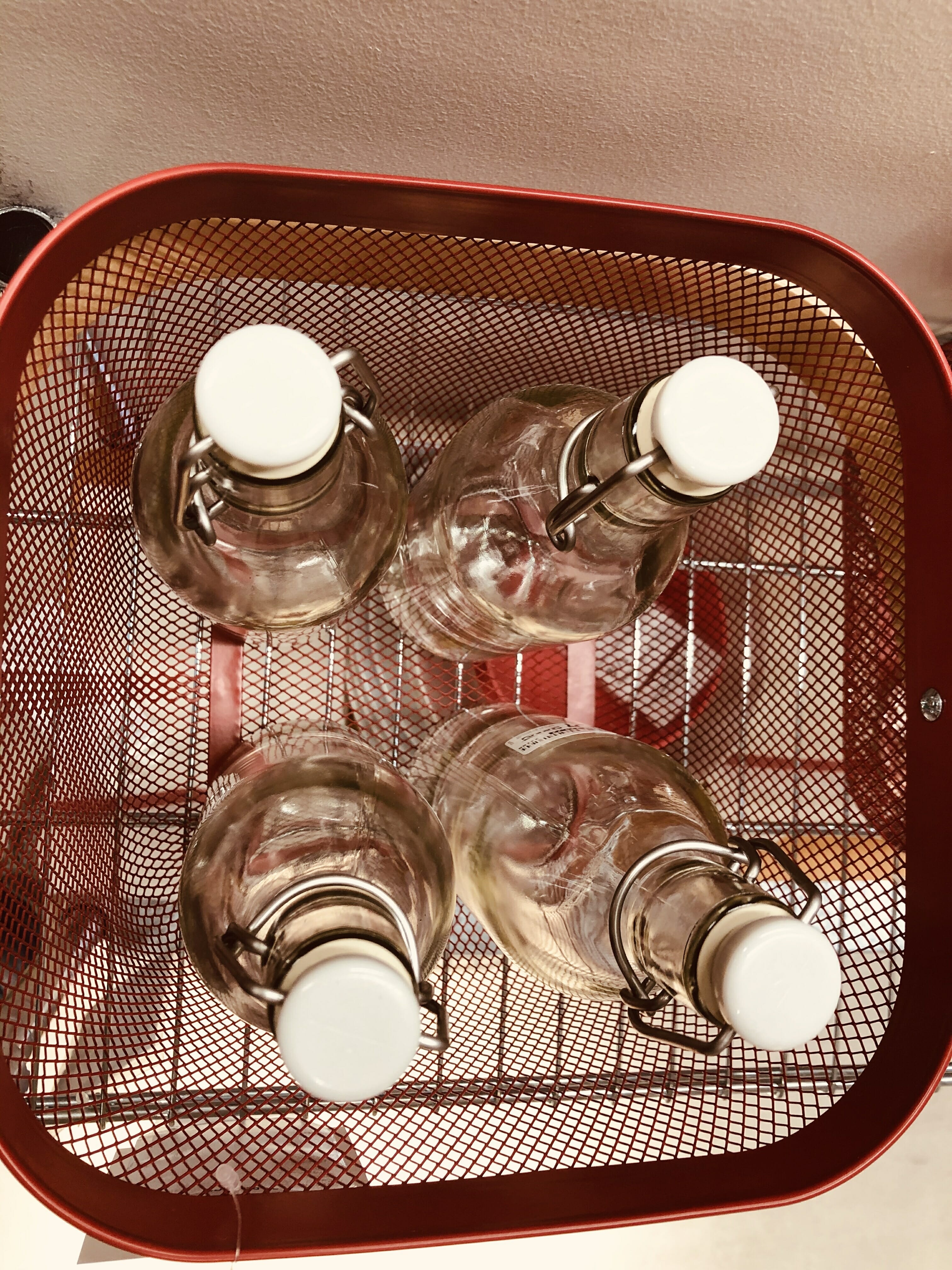
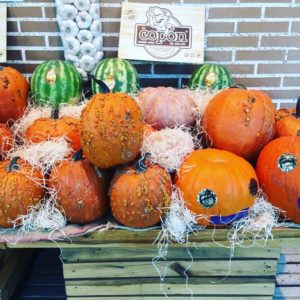
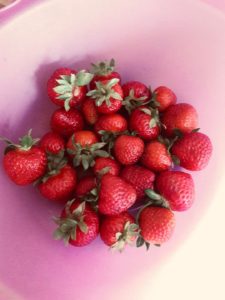

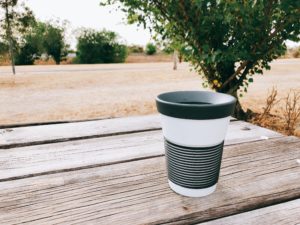

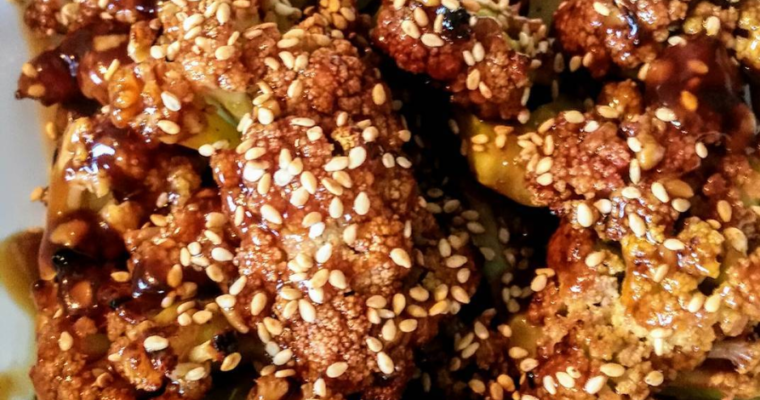

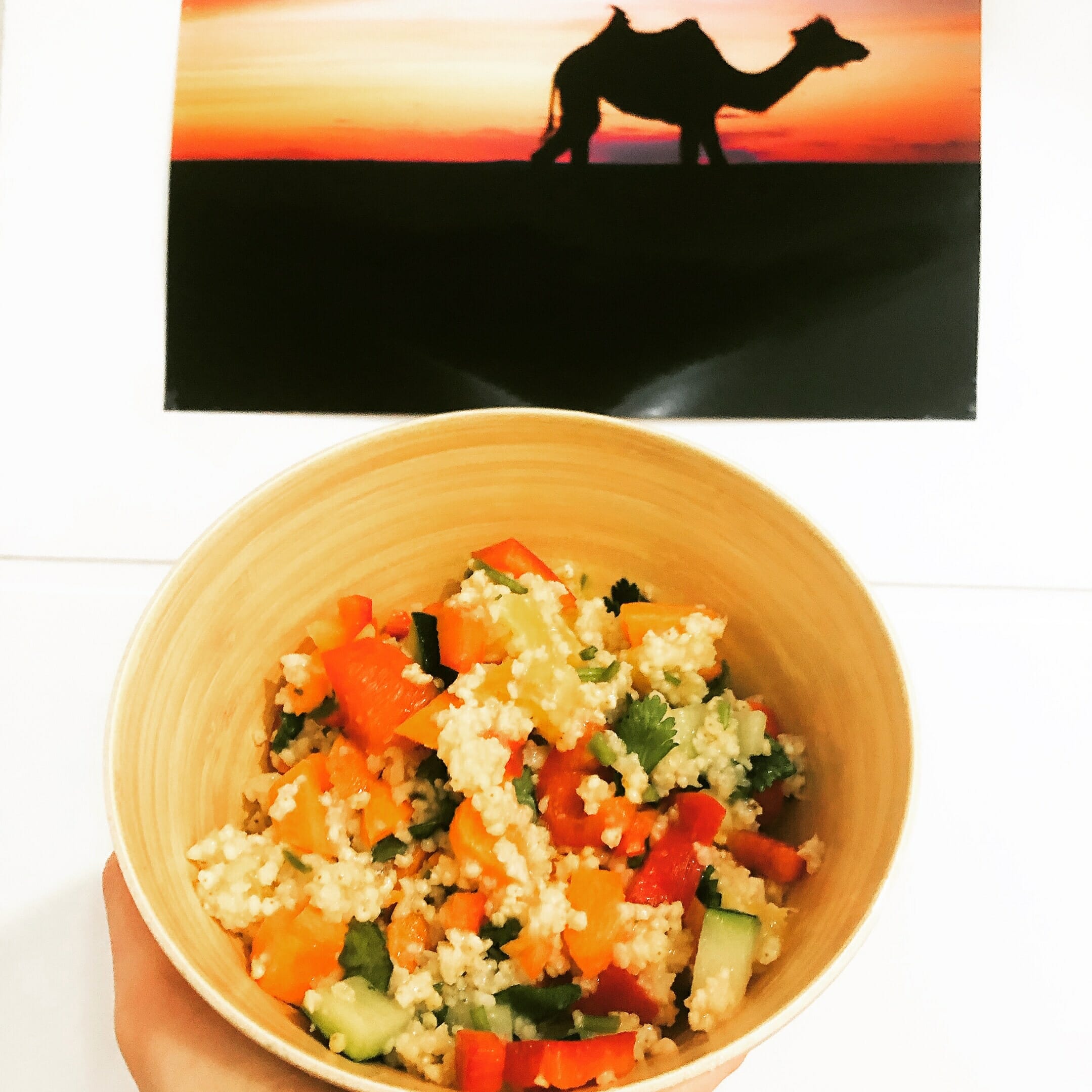
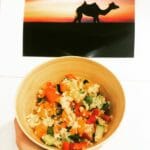
Recent Comments